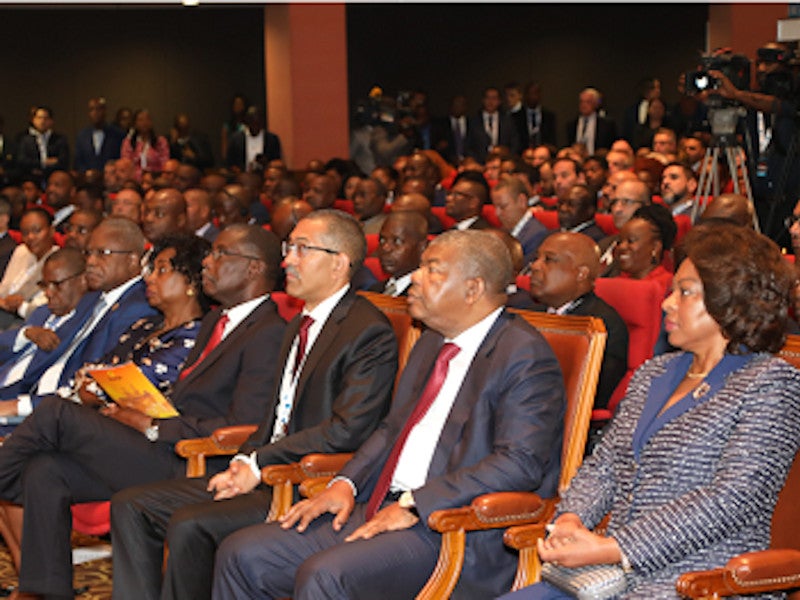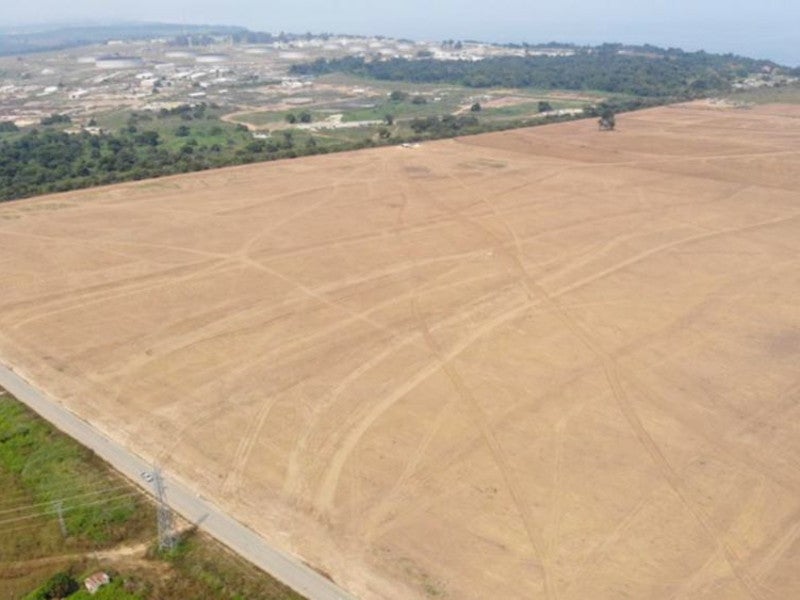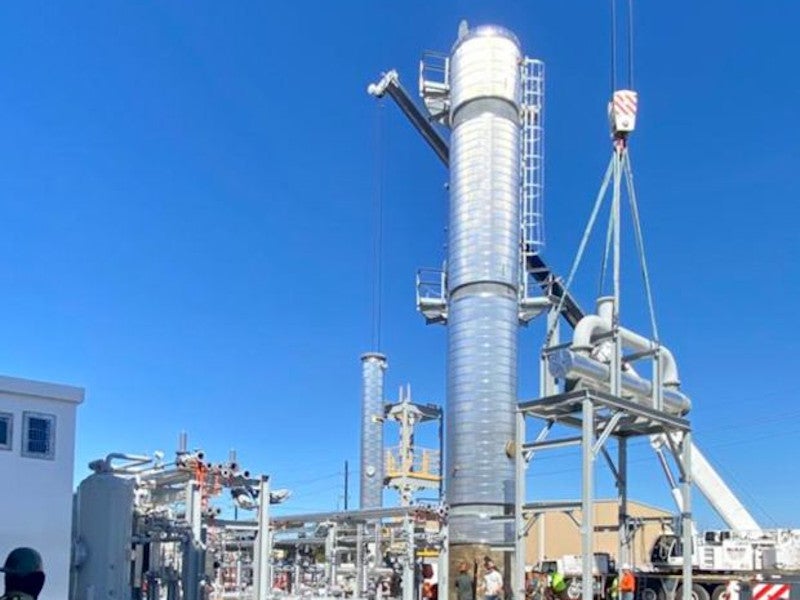The Cabinda oil refinery being developed in Angola will be capable of processing 60,000 barrels of crude oil a day. It is aimed to reduce the country’s reliance on the import of refined products and increase its exports.
The project is being implemented through a joint venture between investment management firm Gemcorp, and Sonaref, a subsidiary of Sonangol that manages the exploration, production, transportation, and marketing of hydrocarbons in Angola.
The Cabinda refinery will be developed in three phases with an estimated investment of £710m ($920m). The total cost of phase one is expected to be £170m ($220m), while the subsequent phases will cost £540m ($700m).
The first phase with a refining capacity of approximately 30,000bpd is scheduled for commissioning in the first quarter of 2022, followed by the second phase which is expected to add another 30,000bpd refinery capacity at the site in 2023.
Construction timeline
Preliminary works including the demining, clearing, leveling, and site preparation activities for the project were carried out from March to August 2020.
The final investment decision for the refinery construction was reached in October 2020, while an order for the main long-term items was placed in November 2020.
The front-end engineering and design (FEED) on inside battery limits (ISBL) and outside battery limits (OSBL) components is also complete. The design for the conventional buoy mooring (CRM) system was completed in May 2020.
Gemcorp is overseeing the construction activities for the project. The project is expected to create up to 2,000 direct and indirect jobs.
Location and site details
The Cabinda oil refinery will be developed on the 313ha-site on Malembo plain, located approximately 30km north of the Angolan capital Cabinda. Malembo, the nearest village, is located approximately 3.8km away from the refinery site.
Cabinda oil refinery development details
Phase one development of the Cabinda oil refinery includes the installation of a 30,000bpd crude oil distillation unit along with a desalinator and a kerosene treatment unit. It also includes auxiliary infrastructure such as a conventional float anchoring system, pipelines, and storage facility for more than 1.2 million barrels.
The second phase will increase the refining capacity to 60,000bpd by adding a new catalytic reformer, which will be used to convert straight-run naphtha into gasoline.
The third phase will turn the refinery into a complete conversion refinery with the installation of a hydrotreater and catalytic cracking unit, which will convert heavy fuel to gasoil.
When fully commissioned, the refinery will produce a range of products including gasoline, diesel, jet A1, PLG, kerosene, and fuel oil.
Financing for the Cabinda oil refinery project
The project partners Gemcorp and Sonaref initially committed £397.3m ($500m) for the project development and later increased the investment commitment for the project by £23.8m ($30m) in June 2020.
The additional amount will be used for the construction and installation of a pipeline system and for facilitating the mooring of large vessels to supply the refinery products locally and to the external markets.
Crude oil production in Angola
Angola is Africa’s second-biggest crude oil producer after Nigeria. On the consumption front, it consumed approximately 3.5million tonnes (Mt) of refined petroleum products in 2018, which comprised approximately 80% of imports with China accounting for approximately 65% of the total imports.
The initial refining operations in Angola took place in 1958 through the 57,000bpd Luanda refinery, which is spread in an area of 170 hectares.
The major oil exploration and production companies that are active in Angola include Total, Chevron, Exxon Mobil, BP, Eni, Equinor, and Sonangol E&P.
Chevron operates through its subsidiary Cabinda Gulf Oil Company in Angola and has invested in several key projects in the country including the second stage of the offshore Mafumeira field development, the Angola LNG project, the Congo River Canyon Crossing pipeline, the Lianzi project, and the Nemba enhanced secondary recovery project.





